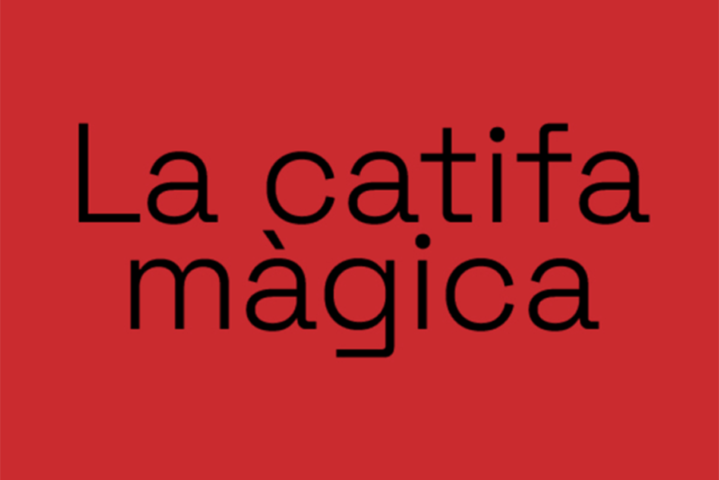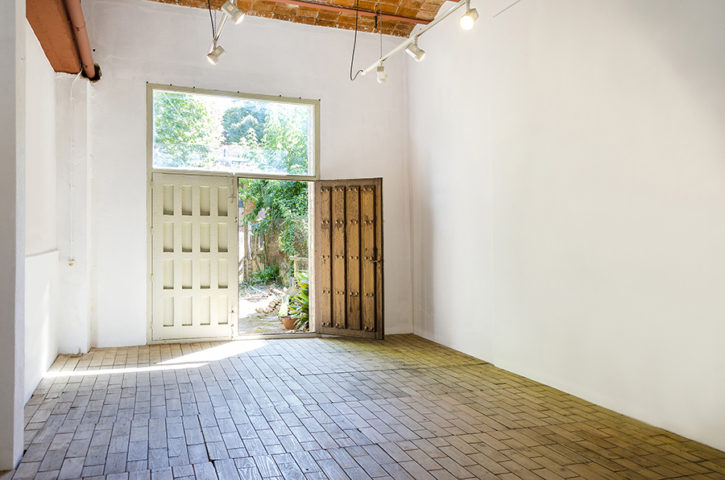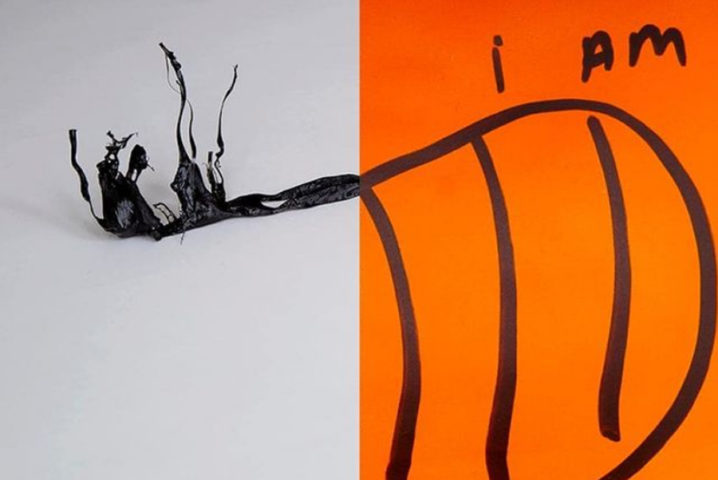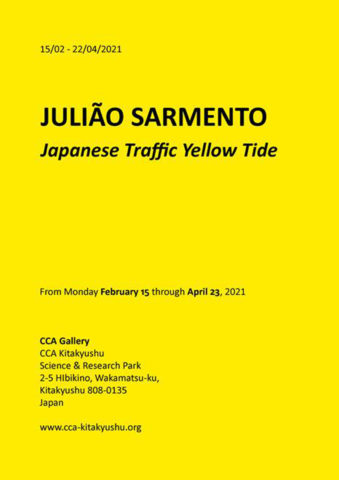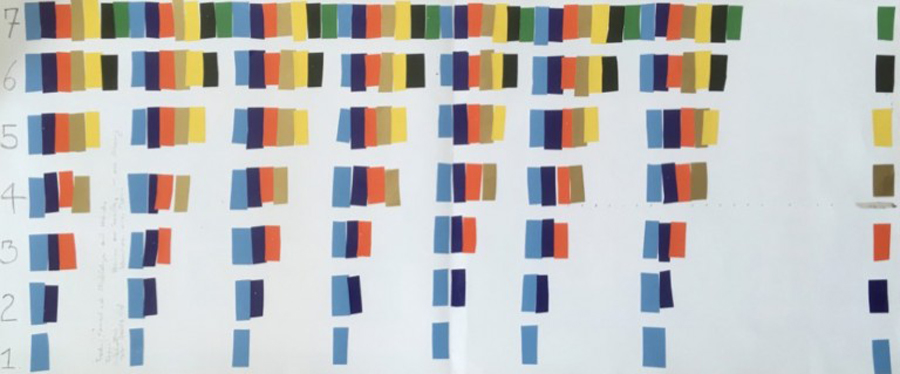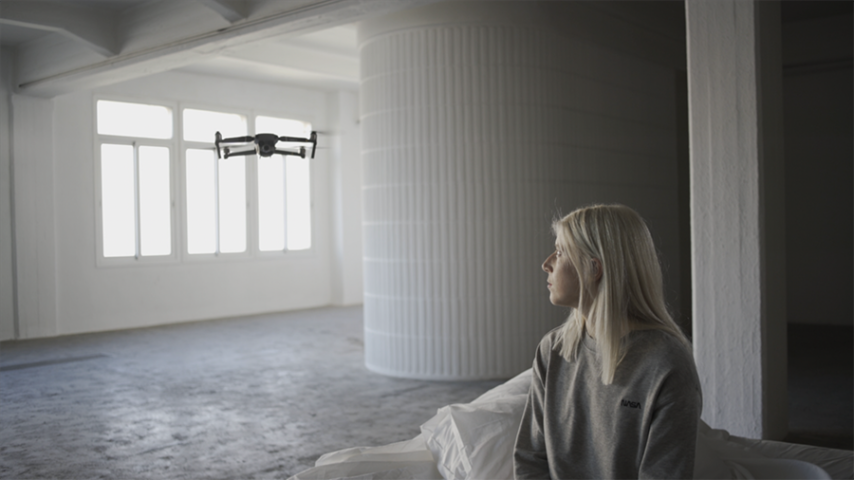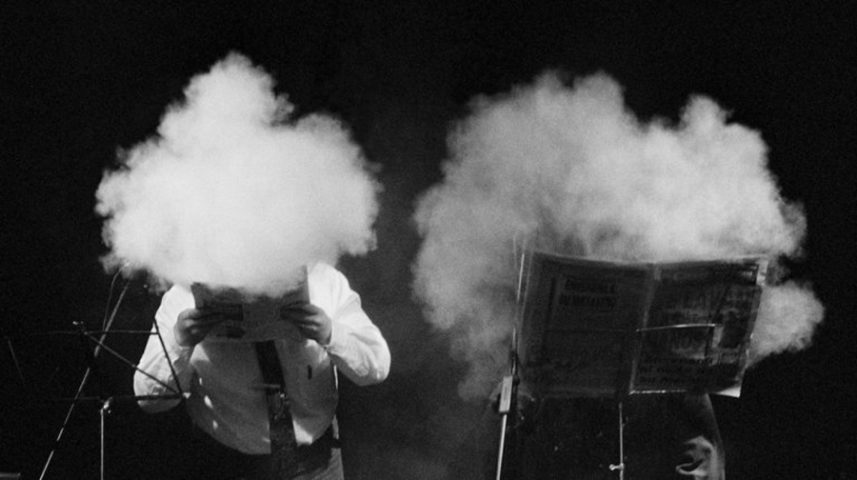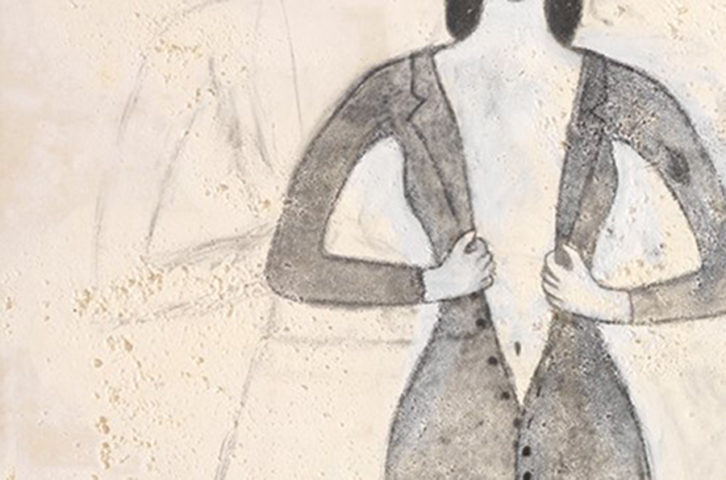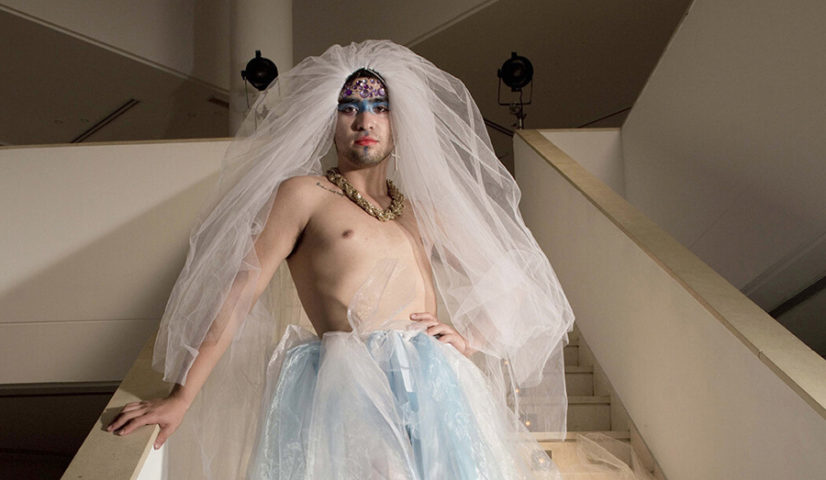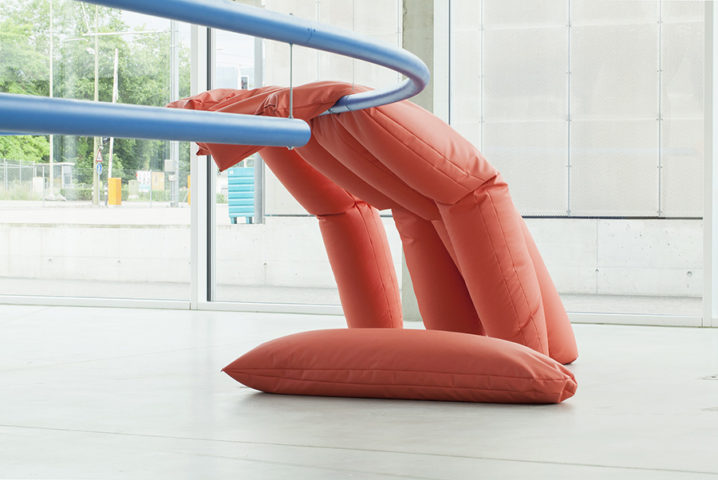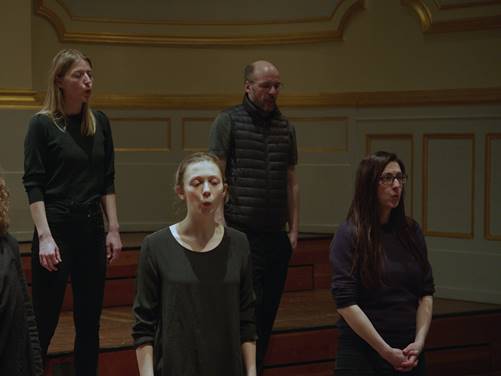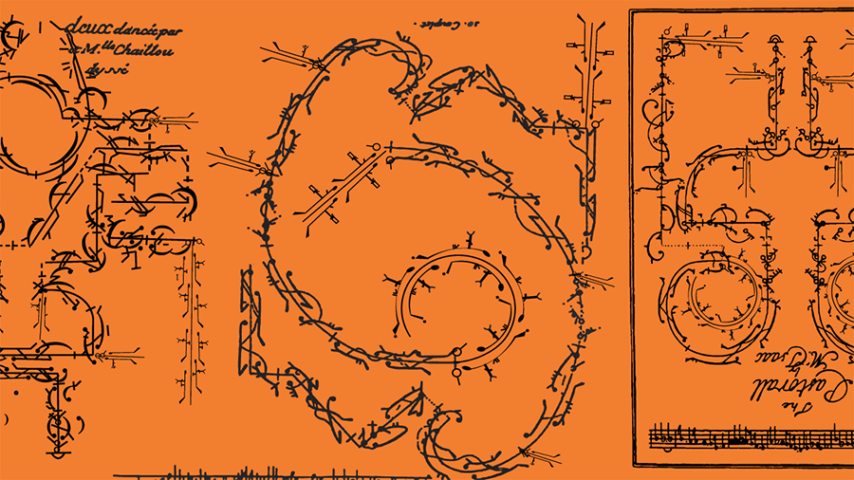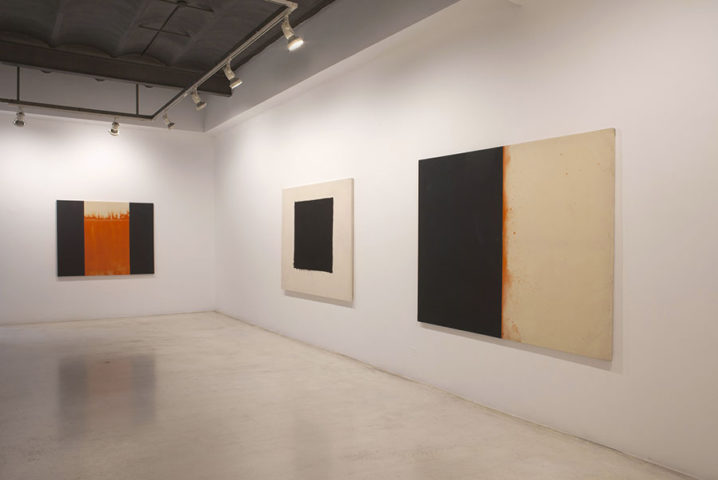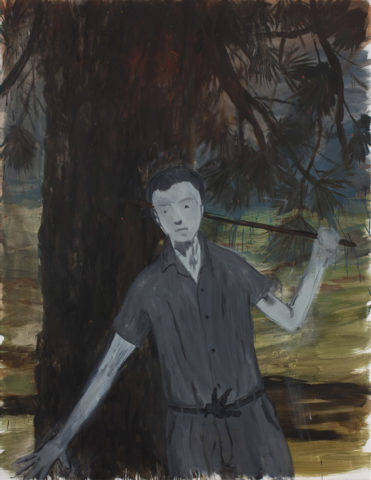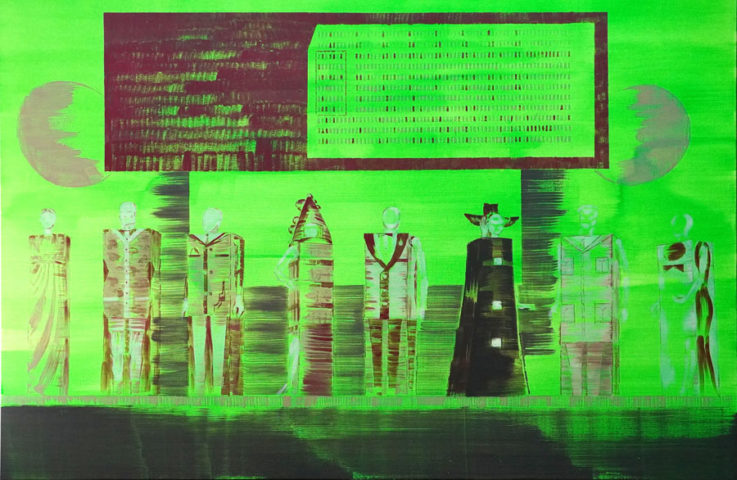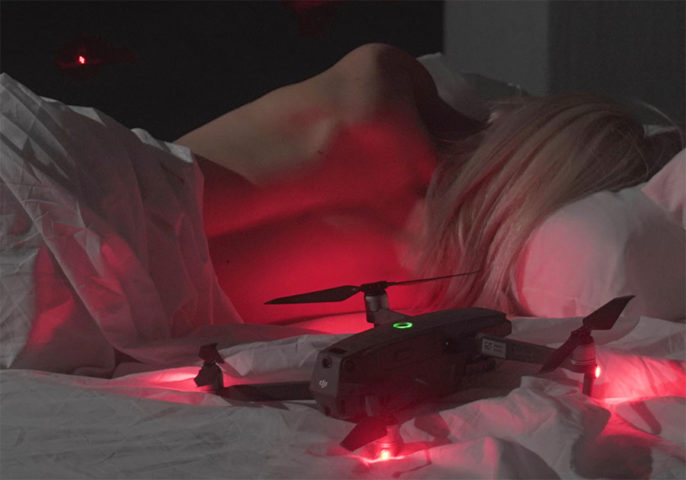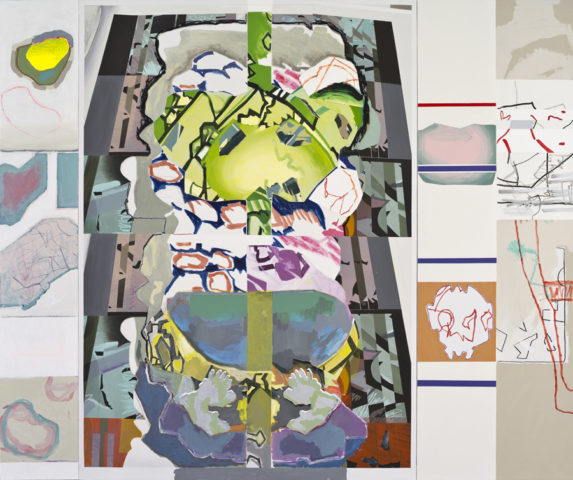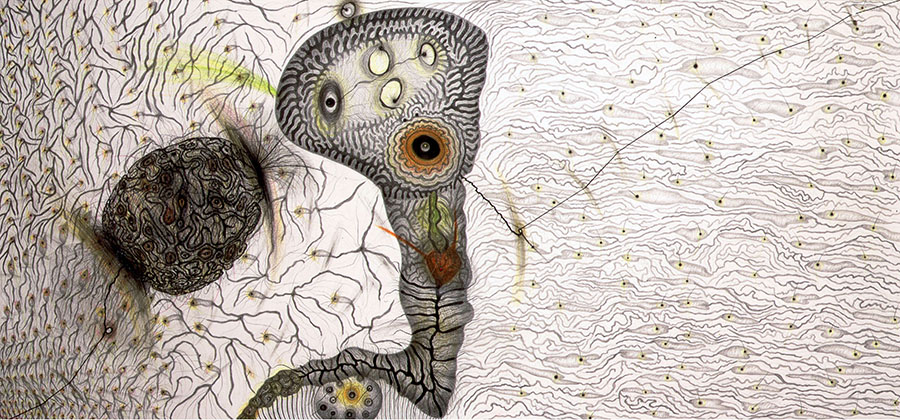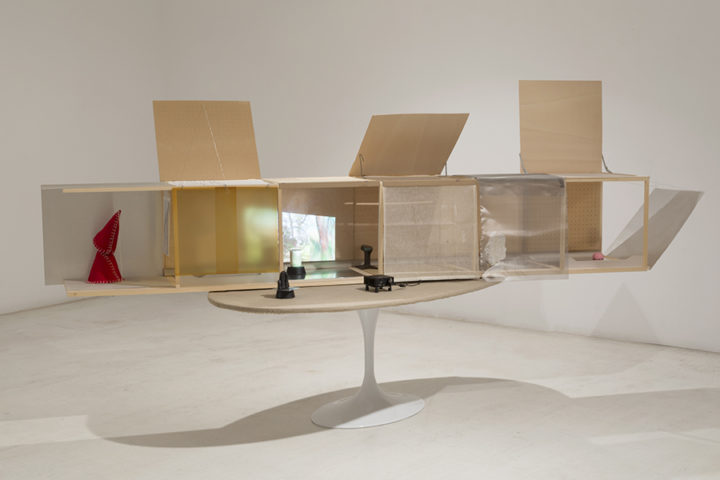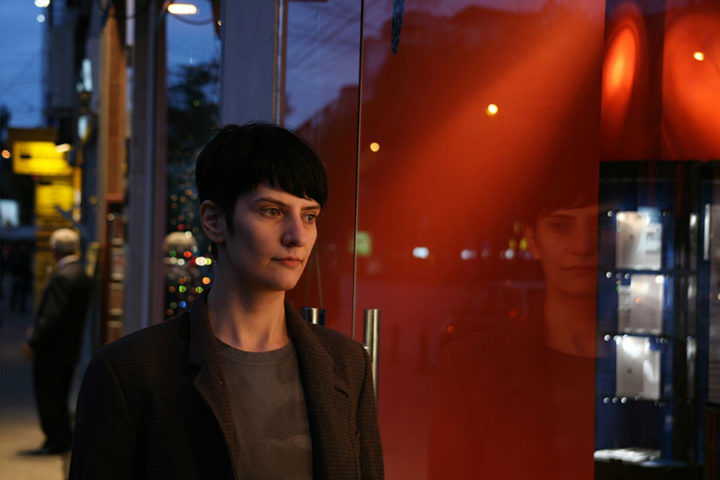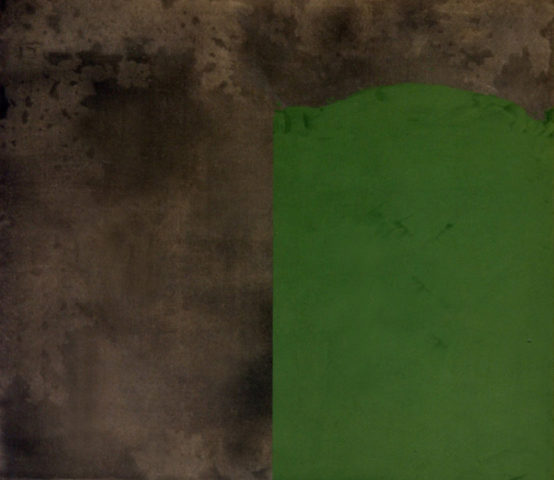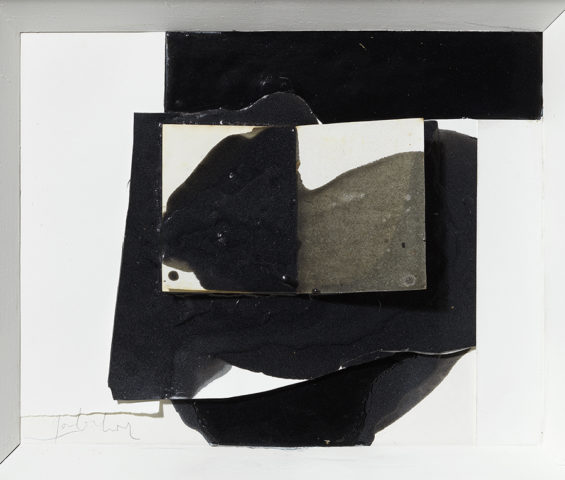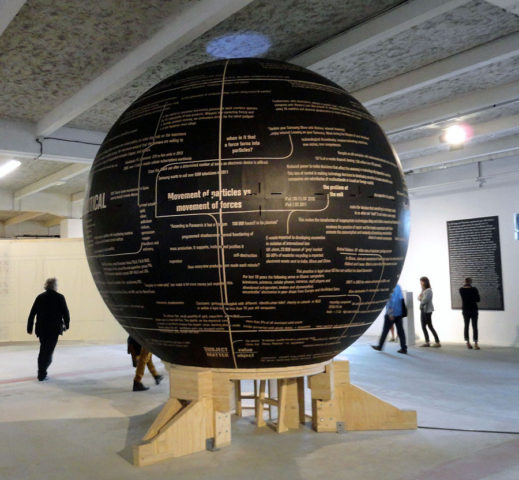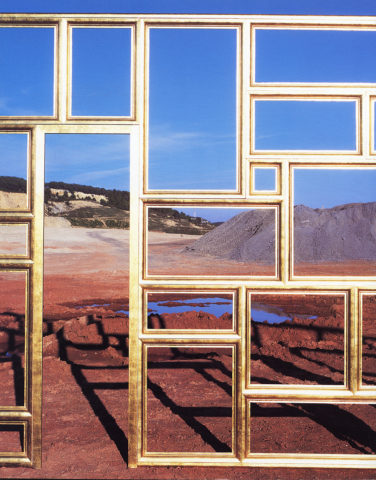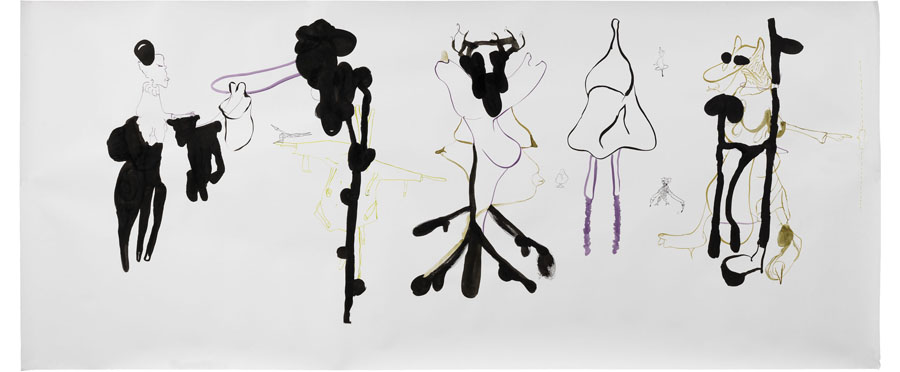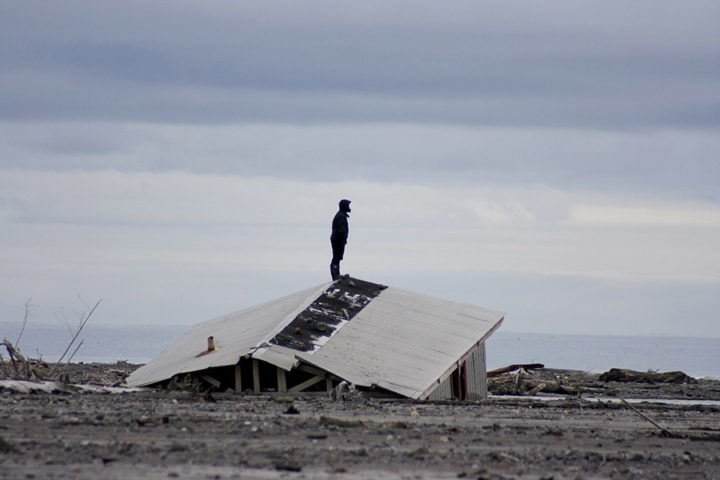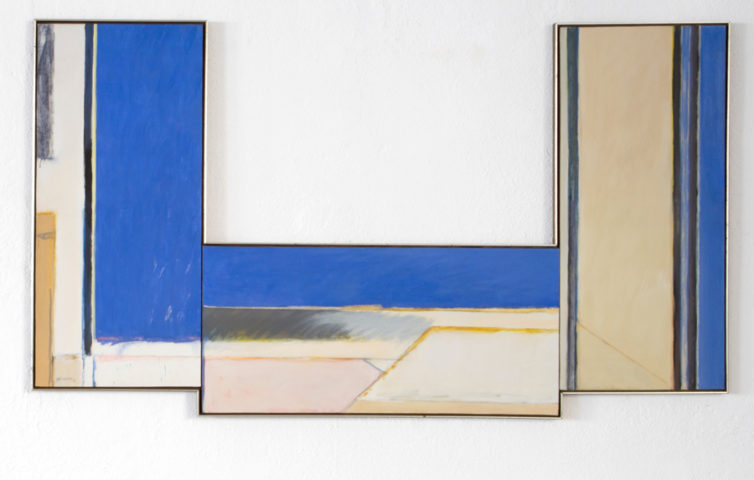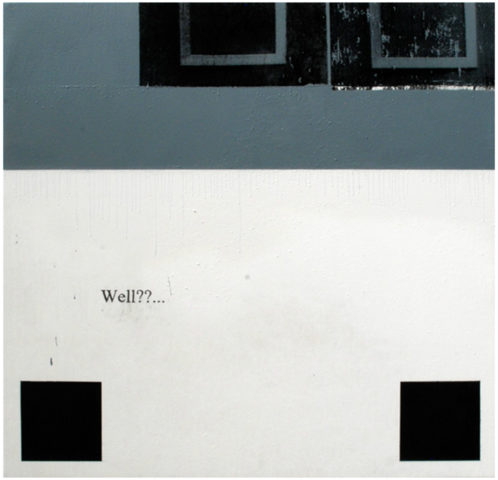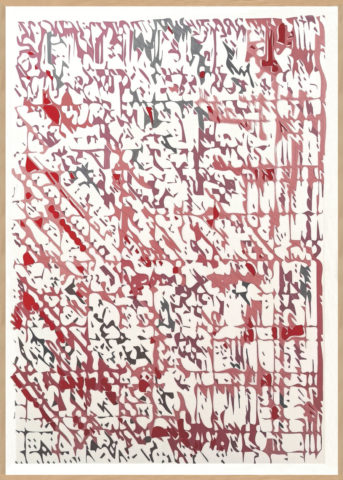Documentary film: ‘The magic carpet. Voices to remember Joan de Muga’
The exhibition ‘The Magic Carpet. For Joan de Muga’ is a tribute to Joan de Muga, founder and director of Joan Prats Gallery since 1976, when it opened, until 2020. The exhibition will bring together the work of artists who have been part of the gallery since the beginning to the present, together with photographs, letters, videos and documentation, to explain the history of the gallery and also Ediciones Polígrafa and other projects by Joan de Muga such as Fundació Espai Poblenou.
We will show works by Juan Araujo, Francis Bacon, Alfons Borrell, Joan Brossa, Cabrita, Alexander Calder, Anthony Caro, Chillida, Christo & Jeanne-Claude, Victoria Civera, Hannah Collins, Helen Frankenthaler, Luis Gordillo, Guinovart, Hernández Pijuan, Wifredo Lam, Louise Lawler, Miralda, Joan Miró, Henry Moore, Muntadas, Pablo Palazuelo, Perejaume, Joan Ponç, Fernando Prats, Ràfols Casamada, Caio Reisewitz, Julião Sarmento, George Segal, José María Sicilia, Antoni Tàpies, Juan Uslé, Eulàlia Valldosera, Sue Williams
The title of the exhibition is inspired by a drawing by Joan Ponç dedicated to Joan de Muga, in which he portrayed him on a flying carpet. This sketch refers to his enterprising and visionary character, his passion for traveling and for imagining new projects.
We are organizing the exhibition with the complicity of Carles Guerra, who will write the text of the publication that we will publish later.
